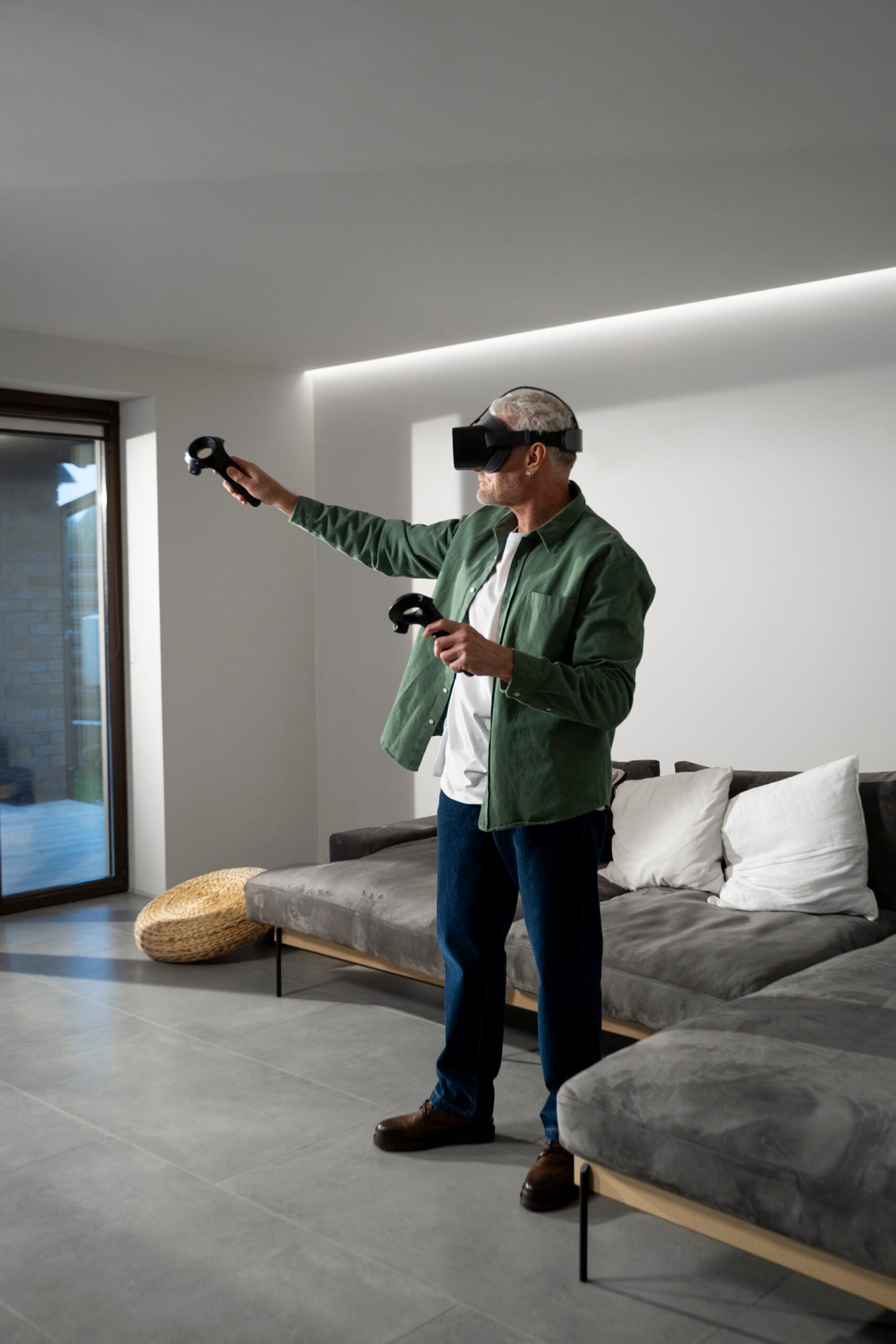In today’s competitive real estate market, offering potential buyers a unique and engaging experience has become crucial for standing out. One of the most innovative and effective tools is the virtual tour for real estate. Virtual tours provide a dynamic and interactive way for potential buyers to explore properties from the comfort of their own homes, making it easier for them to visualize the space and its features without having to be physically present.
What Is a Virtual Tour for Real Estate
A virtual tour for real estate is a digital experience that allows potential buyers to explore a property remotely. These tours are typically 360-degree images or video walkthroughs that provide a real-time experience of the property’s layout, features, and design. They can include interactive elements such as clickable hotspots, floor plans, and detailed descriptions that offer additional context about each room or feature.
Virtual tours are becoming an essential tool in real estate marketing because they allow buyers to see a home or commercial space in great detail without scheduling a physical showing. Whether it’s a luxury home, an apartment, or a commercial property, these immersive tours are transforming the way people view and buy real estate.
How Does a Virtual Tour Benefit Real Estate Professionals
The virtual tour for real estate benefits professionals by making the sales process more efficient and effective. With these tours, agents and brokers can reach a broader audience and cater to prospective buyers who may not have the time or ability to visit the property in person. Here’s how virtual tours can help real estate professionals:
- Reach a Larger Audience
Virtual tours make it possible for buyers to explore properties at any time and from anywhere. This convenience increases the potential buyer pool because more people can view a property, even those located in different cities or countries. For agents, this means greater exposure for the property, leading to faster sales and less time spent on in-person showings. - Enhance Marketing Efforts
Including virtual tours in listings adds a modern, tech-savvy element to your marketing strategy. Buyers are more likely to engage with listings that feature virtual tours, and these tours can be shared across social media platforms, websites, and email campaigns. The interactive and immersive experience makes the listing stand out and keeps potential buyers interested.
How Can Virtual Tours Boost the Buyer’s Decision-Making Process
A virtual tour for real estate can provide a clearer, more complete understanding of a property compared to photos alone. Traditional photos can sometimes hide flaws or fail to fully convey the scale and ambiance of a space. Virtual tours, on the other hand, allow buyers to experience a property more holistically. Here’s how they enhance the decision-making process:
- Increase Transparency
With virtual tours, there’s no need to worry about hiding imperfections. Buyers can get an authentic sense of the property and see it from every angle, which helps build trust. This transparency can lead to quicker decisions because buyers feel confident in what they are viewing. - Visualize Potential
Virtual tours help buyers see the potential of a space that may not be fully furnished or decorated. They can imagine their furniture, colors, and design ideas in the rooms, which makes it easier to see how the space will fit their needs and style. This visual representation is crucial for those who are unable to visit the property in person and need more than just static images to make decisions.
How to Implement Virtual Tours in Your Real Estate Business
Real estate professionals can incorporate virtual tours for real estate into their marketing strategies by partnering with a trusted virtual tour provider. Here are the key steps to implementing virtual tours:
- Invest in Quality Equipment: Ensure the virtual tour is high-quality and provides a true-to-life experience. This means using high-resolution cameras, 360-degree cameras, and professional editing tools.
- Create an Engaging Experience: Make sure your virtual tours are interactive and informative. Include clear labeling, hotspots, and floor plans to enhance the experience.
- Promote the Virtual Tour: Include the virtual tour in your online listings, social media, email newsletters, and other marketing materials. The more exposure the tour gets, the more successful it will be.
Conclusion
Incorporating a virtual tour for real estate into your marketing plan is a smart investment that can help you sell properties faster and with greater success. It enhances the buyer’s experience, saves time and resources for agents, and provides a modern and engaging way to present properties. As technology continues to advance, virtual tours will only become more important in real estate sales, making them a valuable tool for both professionals and buyers alike.

